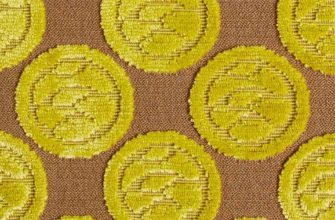Furniture upholstery fabric can be different and its choice depends on many factors. Where it will be located, who will use it and how often. Buying furniture with fabric that meets the buyer's requirements is not done often. It is necessary to place an order for the manufacture of a specific model with the selected upholstery material with certain characteristics.
What materials are suitable?
Upholstery fabric for furniture is classified into categories that determine the density and weight of the fabric.
- Category 0 corresponds to light furniture fabrics (cotton, scotchguard, chenille, thermal jacquard);
- 1 category of denser fabrics (velvet, artificial suede, lightweight tapestry, flock, chenille);
- Category 2 corresponds to compacted fabrics of category 1;
- 3 category of heavy fabrics with complex texture (boucled chenille, tapestry);

- Category 4 consists of patterned suede, thick tapestry and chenille fabrics;
- Category 5 includes dense upholstery furniture fabrics with fibers from natural raw materials;
- Category 6 is used for upholstery of upholstered furniture with analogues of genuine arpatec leather;
- Category 7-8 consists of natural leather from different manufacturers and tanning methods;
The division of fabrics for upholstered furniture into categories makes it easier to find the necessary materials without specifying the name and type of structure. The classification implies the quality characteristics of the fabric and the cost of the material.
The kitchen set will suit upholstery made of artificial leather, and for the children's room, a material resistant to dirt is recommended. If you have pets, you should consider anti-claw material. The anti-vandal fabric will save the furniture from numerous snags and scratches from claws.
Office furniture looks like leather, and sofas at the train station are upholstered with artificial leather substitute.
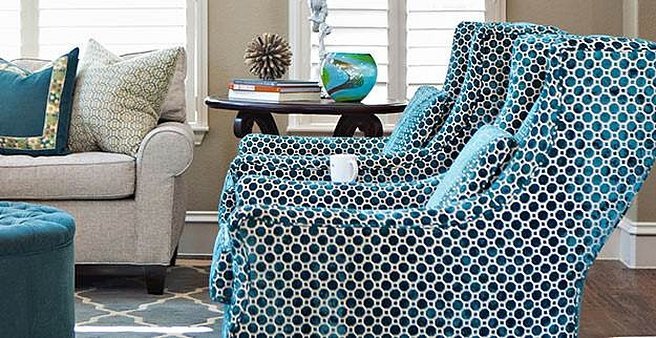
Genuine Leather
The high cost of furniture sets with genuine leather upholstery confirms the durability and reliability of the coating. The presence of such products in the interior indicates the respectability of the owner. Prestigious hotels and high-level conference halls use genuine leather in interior decoration, which indicates the solidity and wealth of business owners.
The moisture-resistant surface allows for easy maintenance by wiping with a damp cloth for cleaning. The disadvantages include sticking to the human body, limited choice of colors and high cost. It is considered the best fabric for furniture re-upholstery. It has an official look.
Faux leather
Imitation of genuine leather became available with the advent of eco-leather. Synthetic imitation in the form of soft upholstery fabric, resistant to wear and having a wide range of colors, is no less popular than genuine leather.
Attractive appearance, elastic surface and compliance with environmental requirements. Service life is shorter than that of natural coating. Inexpensive option, as a fabric for sofa upholstery.
Arpatec and faux suede
Externally resembling natural leather, the fabric used for car seats is in demand for upholstery of various furniture sets. Increased strength and resistance to ultraviolet radiation make it popular for use in ennobling this interior, does not have a rip. The fabric for furniture upholstery is resistant to tears and fading while maintaining its appearance, the material is quite unpretentious in care.
Replacing the old fabric upholstery with artificial suede can add solidity to an inexpensive furniture set. The durable fabric is difficult to tear, does not fade under the influence of ultraviolet light and retains its quality properties.
The surface of the material with a velvety pile gives an unobtrusive shine, creating coziness and comfort in the living room.
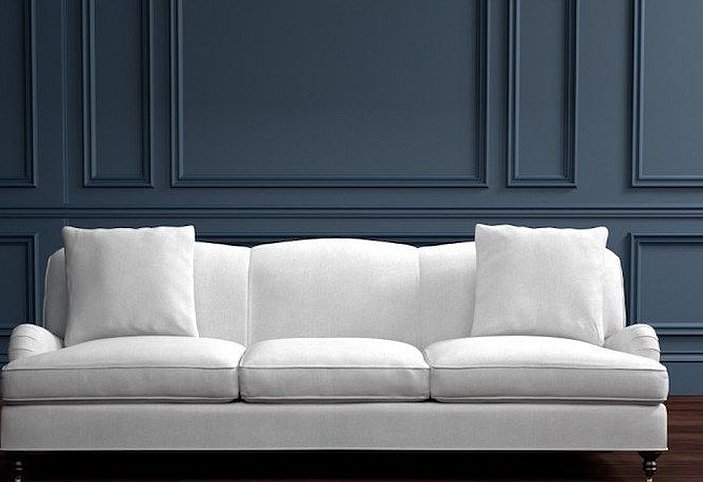
Tapestry
Natural and synthetic threads are used in production. Adding cotton reduces the material's resistance to wear. Tapestry is used to give furniture an antique look. It is easy to clean with a wet method, looks respectable and has a wide range of colors. It is not recommended to use in a house with pets.
Velour and microvelour
Regular care of the velvety surface involves vacuuming dust and cleaning with a damp cloth. Soft and stylish upholstery fabric for furniture has high air permeability and does not stretch. Beautiful rich upholstery is afraid of dirt and has a short service life. Reminiscent of a mat.

Flock
A universal option for upholstery is flock, which is not much different from velour. The fabric has anti-vandal qualities, so it is not interesting for pets. You will not be able to sharpen your claws on it. The water-repellent properties of the fabric reduce the threshold of contamination of the fabric. It is very popular in all variants of fabric composition.
Artificial wool
The fabric imitating wool threads is made from coarse flax fibers with the addition of synthetic threads. It vaguely resembles burlap. It does not have a large selection of colors. It is used for kitchen corners, living rooms, hallways. It has the properties of natural wool, absorbing moisture and accumulating heat.
Chenille for sofa
The velvet-like material meets the requirements of practicality. Children's sofas and couches, armchairs and poufs are made with upholstery from this material.
Retains color throughout the entire service life, is resistant to abrasion and deformation. The fabric does not absorb odors. Suitable for covering a good heavy chair.

Furniture microfiber
The material, similar in appearance to suede, is made using modern technologies. Twisted synthetic fibers are covered with a Teflon layer, which makes the fabric resistant to dirt and soft to the touch. It tolerates wet cleaning, does not collect dust, does not roll and meets the requirements of the anti-vandal option. Long service life.
Thermojacquard and scotchguard
A type of jacquard with high resistance to dirt due to special impregnation. It can have a coloring by thermal printing, which significantly decorates the appearance of the set. Scotchgard is wear-resistant. It is not afraid of damage during intensive use. The furniture interior acquires solidity and beauty at the same time due to such upholstery. An example of exquisite taste.

Cotton
Material made of natural components, suitable for a children's sofa. It has high breathability, is suitable for people with sensitive skin, has a wide range of colors, thanks to the easy dyeing process. The upholstery has a low price with natural components, is not resistant to wear.
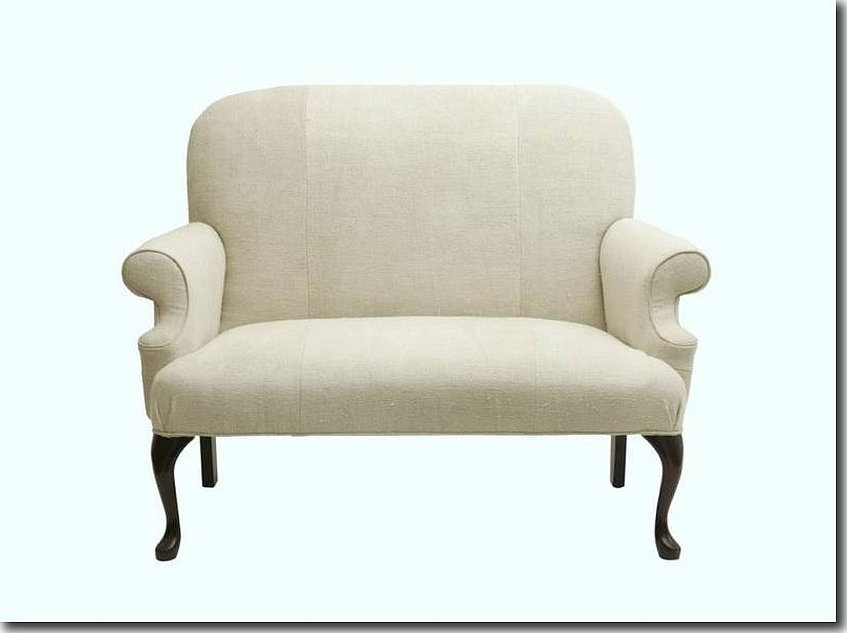
Forest
Durable upholstery material, easy to wet clean with soap solutions. Forest is made using synthetic fibers in the composition with natural cotton.
Courtesan
One of the new materials with Teflon fiber coating. The protective synthetic shell is resistant to moisture penetration and is considered an anti-vandal fabric. The beauty of the appearance and resistance to mechanical impacts have expanded the horizons of the material's application in the furniture industry.
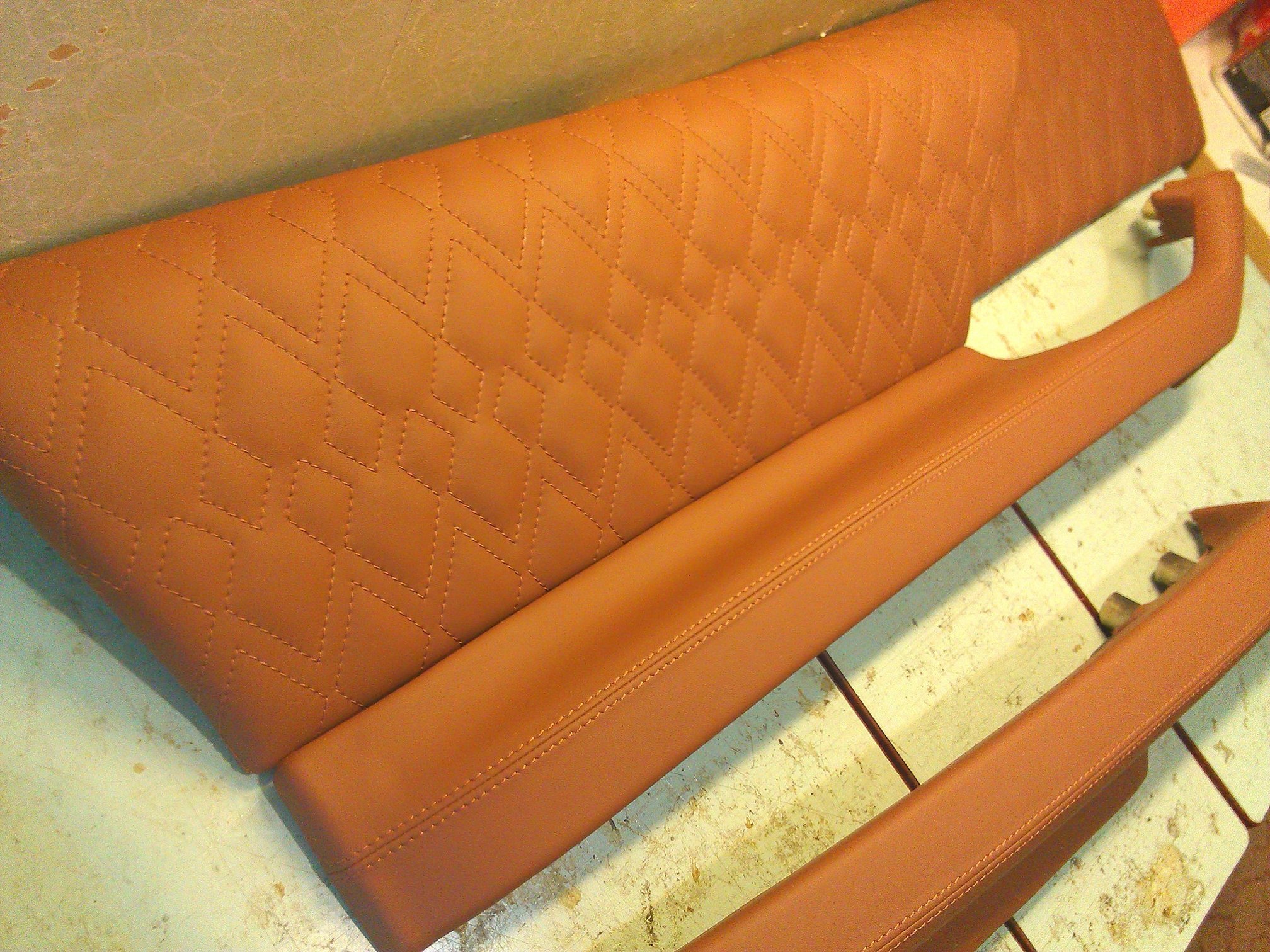
Tips from the pros: what fabric to choose for a sofa
When choosing a material for upholstery, it is important to consider the presence of pets and small children, the intensity of pollution and vulnerability to ultraviolet radiation.
The ability to clean the surface with a soap solution, preserving the color and structure of the fabric is important when rearranging and doing cosmetic repairs in an apartment.
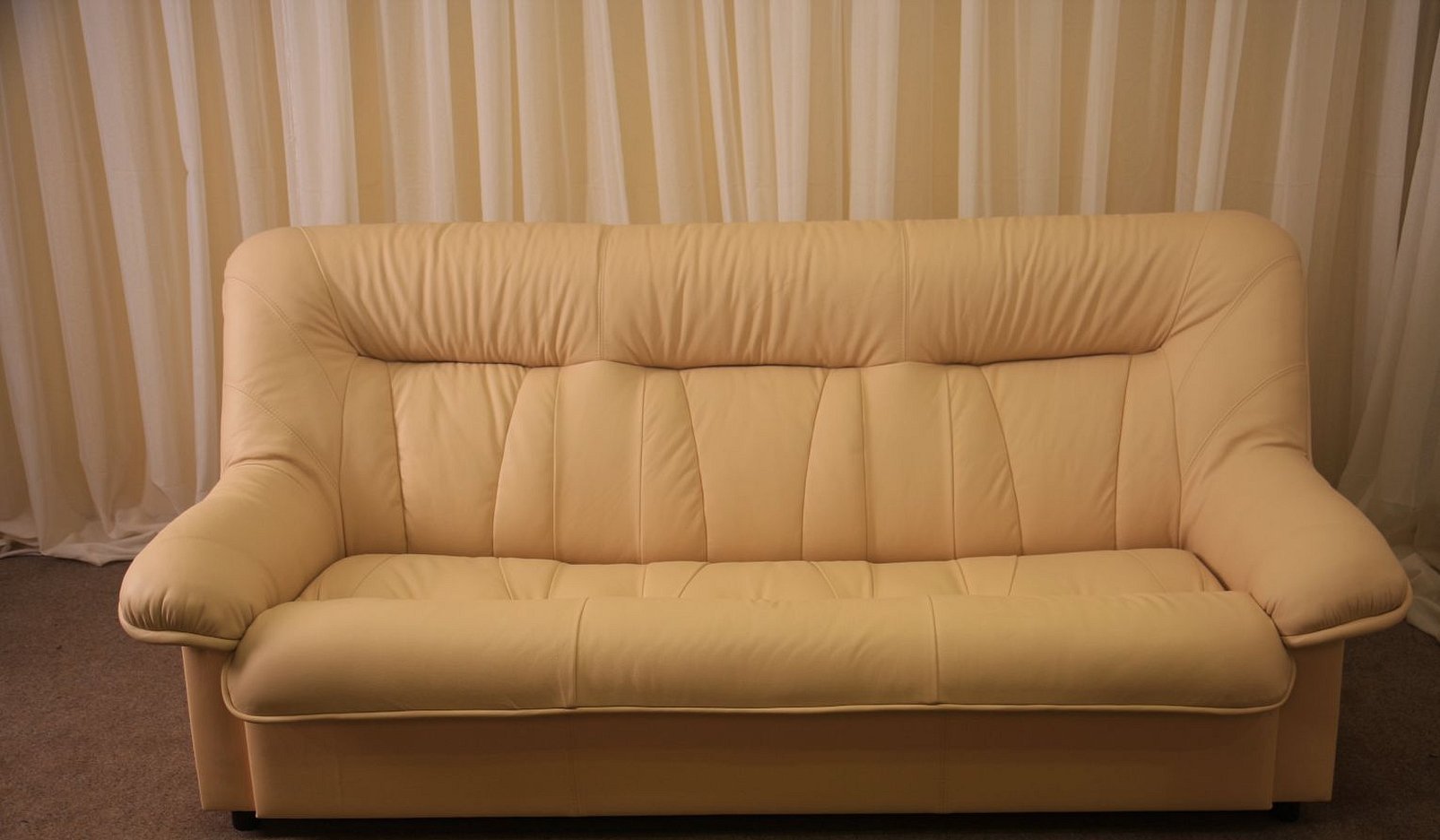
Choosing a structure
Smooth surfaces and increased material density are always a win-win option in furniture upholstery.
Bright patterns will hide small scratches, and damage will be invisible. Anti-vandal fabric will save your favorite sofa or armchair from mechanical damage.
There is no such thing as 100% eternal upholstery, but its service life can be extended by careful handling of the furniture and timely maintenance of the surface of the set.



